Market Share
Food Texturants Market Share Analysis
Food Texturants Market is a dynamic sector where all companies employ different strategies for the purpose of market share positioning and thrive. There is one prevalent strategy product differentiation. This pushes companies to offering food texturants that are unique, innovative and also which provides diverse solutions for manufacturers’ specific needs. For example, these solutions may include texturant specifically designed for various applications such as mouth feel improvement in drinks or enhancing the texture of baked goods. Therefore, through product differentiation, firms have been able to niche themselves while attracting customers who seek specialized solutions for their food production requirements. Pricing strategies play an important role in market share positioning in the Food Texturants Market. Companies set prices carefully so as to appeal to certain customer segments or position themselves as providers of premium or cost-effective texturant solutions. This is because it is highly crucial that producers maintain high standards yet keep costs low because they prefer cost effective alternatives. Offering competitive pricing or value-added bundles can be effective in influencing purchasing decisions and gaining market share. They are also important in reaching a wider audience and thus improving market share. To aid this cause, businesses should choose distribution partners strategically thus ensure that their food texturants are available to manufacturers. This may mean collaborating with distributors, wholesalers or simply partnering directly with other producers of foods. An extensive and well-managed distribution network plays a significant role when it comes to market penetration since companies are able to venture into multiple markets thereby increasing overall share within the Food Texturants Market. To enhance awareness and establish a strong presence in the market branding and marketing approaches must be applied by firms operating within this industry line. Building on their reputation, these organizations showcase what makes their products stand out from others on offer in terms of quality assurance measures. Effective marketing campaigns both online and offline play an important role into informing manufacturers about why some texturants are better than others. Social media platforms coupled with industry influencers and trade fairs are used to build recognition of the brand as well as increase market share. Innovation has been a driving factor behind growth in the Food Texturants Market. Those organizations that invest in research and development with intent of new texturant solutions have advantage over others. Whether it is texturants with improved functionalities, cleaner labeling or enhanced sustainability profiles they keep coming up with something new. Sustaining market share is based on continuous improvement and following emerging food industry trends. Strategic partnerships and acquisitions help determine market share positioning. This can be through formation of collaborations between companies within the food industry or even acquiring businesses that complement their texturant offerings. Consequently, strategic moves avail markets, technology as well as clients to these firms thus making them more competitive while enabling them to gain a higher market share. Furthermore, keeping customers at the center such us excellent customer service provision and offering tailored products is crucial in maintaining and increasing market share. Developing strong relationships with the manufacturers by providing responsive support services and customization options builds loyalty. The company’s overall market share growth is contributed by repeat business and good word of mouth across industries. In conclusion, there are several strategies companies use to position themselves strategically for an increased stake in a wider Food Texturants Market characterized by intense competition. Whether through product differentiation, pricing, distribution, branding, innovation, strategic partnerships or customer-centric approaches; companies must continuously adapt to changing market dynamics if they want to maintain their shares as this sector is always evolving. Segmentation based on type, category, application and region has taken place in the global market of food texturants (hydrocolloids, emulsifiers, stabilizers and others), where hydrocolloids segment dominated the market share in 2021 and is forecasted to increase. The categories are either natural or synthetic with synthetic claiming a larger portion of the market share while the natural one is projected to be fastest growing between 2022 and 2030. Dairy & frozen desserts, bakery & confectionery, beverages, sweet & savory snacks, soups sauces & dips, meat poultry & seafood and other services represents its applications. Among these segments is the bakery & confectionery which has taken the biggest percentage of market share followed by the latter being expected to grow with a very fast pace over coming years.

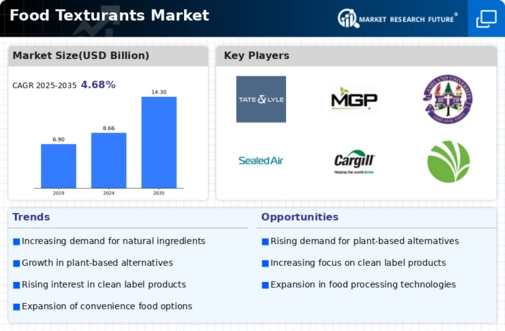
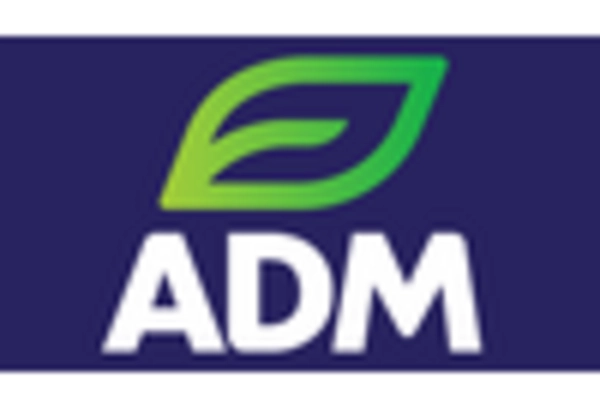
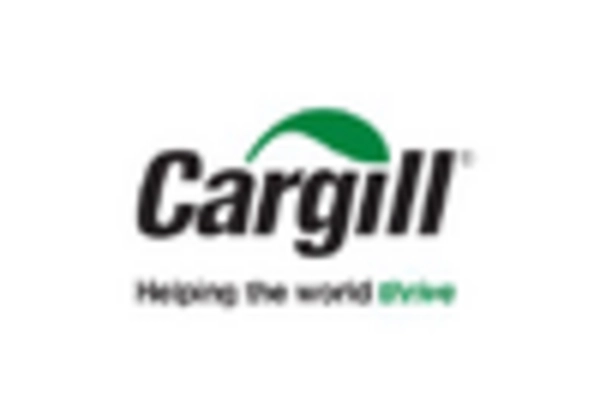
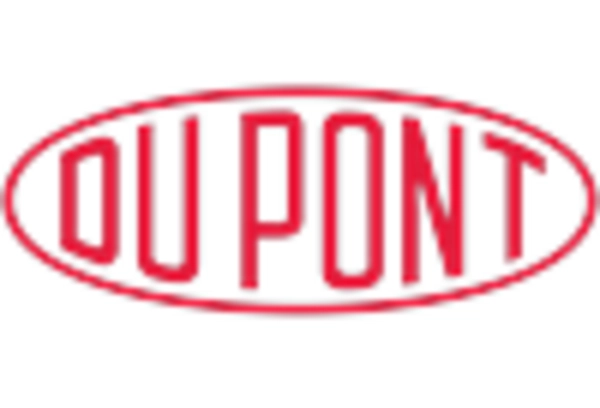
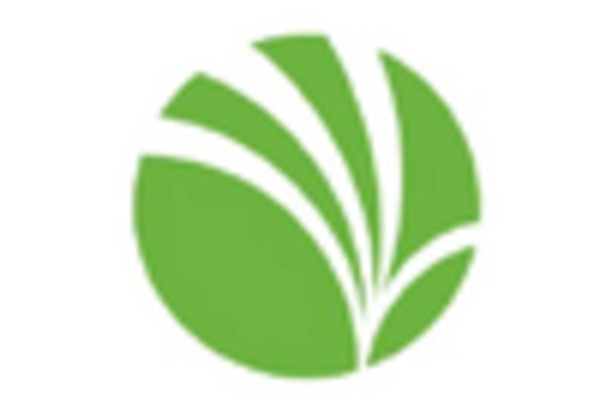
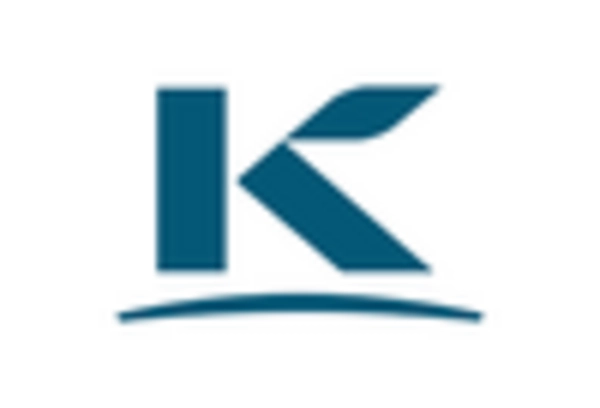
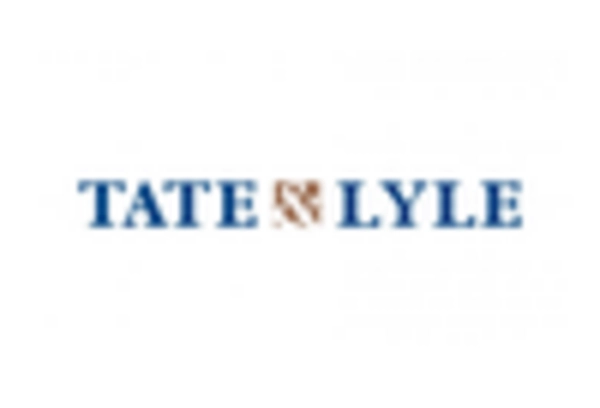









Leave a Comment